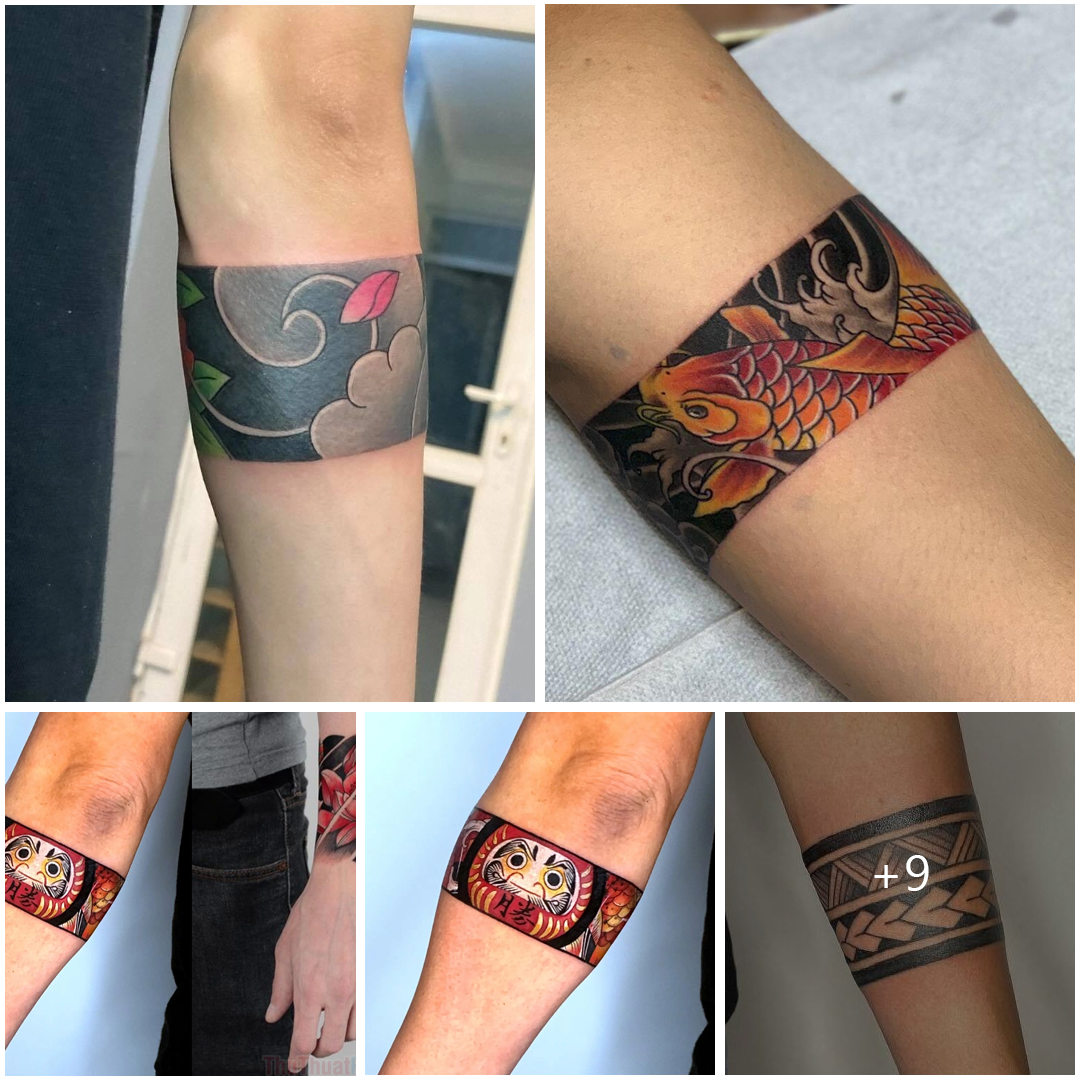
Japanese Traditional Sleeve Tattoos: Embracing Culture and Artistry
In the realm of body art, few designs hold as much cultural significance and artistic beauty as Japanese traditional sleeve tattoos. Originating from centuries-old traditions and imbued with symbolic meaning, these intricate masterpieces adorning the arms evoke a sense of reverence and admiration for Japan’s rich heritage and artistic legacy.
The Art of Irezumi: A Time-Honored Tradition
Irezumi, or traditional Japanese tattooing, has been practiced for centuries and holds deep cultural and spiritual significance in Japanese society. Rooted in ancient folklore and mythology, these tattoos serve as expressions of identity, protection, and devotion, with each motif and symbol carrying its own unique meaning and significance.
Sleeve Tattoos: A Canvas of Expression and Storytelling
Japanese traditional sleeve tattoos, also known as Horimono, cover the arm from shoulder to wrist, creating a visually stunning tapestry of imagery and symbolism. From majestic dragons and fierce tigers to serene cherry blossoms and crashing waves, each element tells a story and reflects the wearer’s personal journey, beliefs, and values.

Symbolism and Meaning: Exploring Traditional Motifs
Every aspect of a Japanese traditional sleeve tattoo is rich in symbolism and meaning. Dragons symbolize wisdom, strength, and protection, while koi fish represent perseverance and overcoming adversity. Cherry blossoms embody the fleeting nature of life, while peonies symbolize wealth, honor, and beauty. These motifs, combined with elements of nature, mythology, and spirituality, create a visual narrative that resonates deeply with both the wearer and the observer.
The Tattooing Process: A Labor of Love and Skill
Creating a Japanese traditional sleeve tattoo is a painstaking process that requires both artistry and skill. Tattoo artists, known as Horishi, painstakingly handcraft each design using traditional tools and techniques, such as bamboo needles and ink made from natural pigments. The process can take months or even years to complete, with each session a testament to the artist’s dedication and the wearer’s commitment to their craft.
In Conclusion: Preserving Tradition Through Art
Japanese traditional sleeve tattoos are more than just works of art; they are living embodiments of culture, history, and identity. As a form of self-expression and storytelling, they serve as a bridge between the past and the present, preserving Japan’s rich cultural heritage for future generations to admire and appreciate. With each stroke of the needle, these masterpieces of ink and skin continue to inspire awe and admiration, reminding us of the enduring power of art to transcend time and space.





